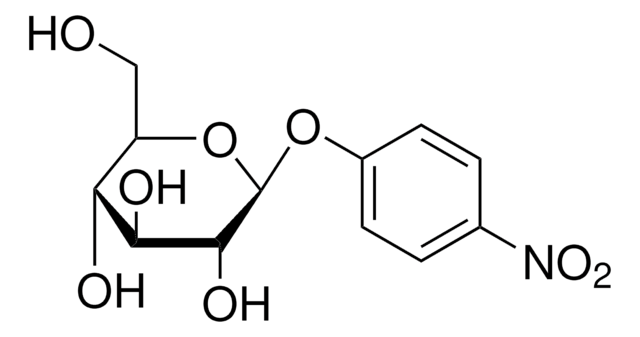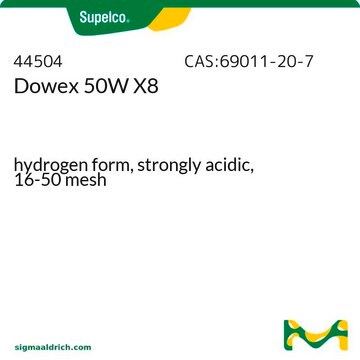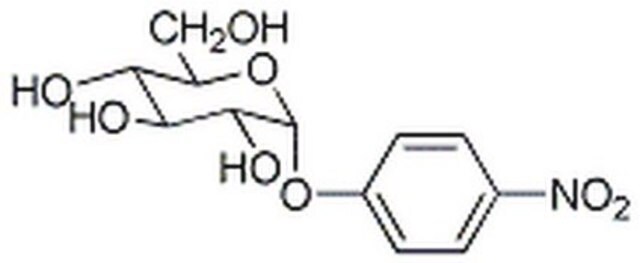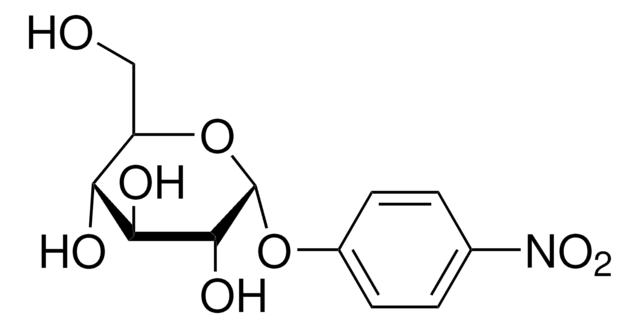690295
Ethyl 4-chloroacetoacetate
Arxada quality, ≥97.0% (GC)
Synonyme(s) :
4-Chloro acetoethylacetate, Ethyl 4-chloro-3-oxobutanoate, Ethyl chloroacetoacetate
About This Item
Produits recommandés
Pureté
≥97.0% (GC)
Forme
liquid
Qualité
Arxada quality
Fabricant/nom de marque
Arxada AG
Impuretés
≤0.04% metyl-4-chloroacetoacetate
Indice de réfraction
n20/D 1.452 (lit.)
Point d'ébullition
115 °C/14 mmHg (lit.)
Densité
1.218 g/mL at 25 °C (lit.)
Température de stockage
2-8°C
Chaîne SMILES
CCOC(=O)CC(=O)CCl
InChI
1S/C6H9ClO3/c1-2-10-6(9)3-5(8)4-7/h2-4H2,1H3
Clé InChI
OHLRLMWUFVDREV-UHFFFAOYSA-N
Vous recherchez des produits similaires ? Visite Guide de comparaison des produits
Mention d'avertissement
Danger
Mentions de danger
Classification des risques
Acute Tox. 3 Dermal - Acute Tox. 3 Oral - Aquatic Chronic 2 - Eye Dam. 1 - Skin Corr. 1B
Code de la classe de stockage
6.1A - Combustible acute toxic Cat. 1 and 2 / very toxic hazardous materials
Classe de danger pour l'eau (WGK)
WGK 3
Point d'éclair (°F)
206.6 °F - closed cup
Point d'éclair (°C)
97 °C - closed cup
Équipement de protection individuelle
Faceshields, Gloves, Goggles, type ABEK (EN14387) respirator filter
Faites votre choix parmi les versions les plus récentes :
Déjà en possession de ce produit ?
Retrouvez la documentation relative aux produits que vous avez récemment achetés dans la Bibliothèque de documents.
Articles
Knoevenagel Condensation is an organic reaction named after Emil Knoevenagel. It is a classic C-C bond formation reaction and a modification of the Aldol Condensation.
Notre équipe de scientifiques dispose d'une expérience dans tous les secteurs de la recherche, notamment en sciences de la vie, science des matériaux, synthèse chimique, chromatographie, analyse et dans de nombreux autres domaines..
Contacter notre Service technique










